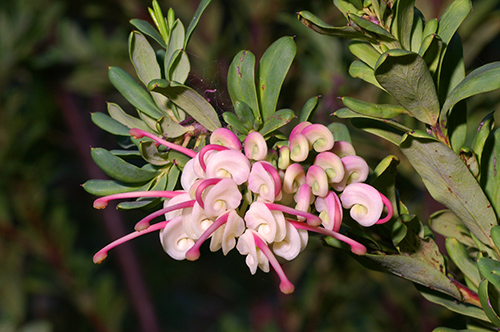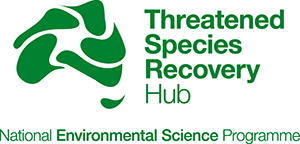The Australian Plant Translocation Database was assembled by researchers in the National Environmental Science Program’s Threatened Species Recovery Hub between 2016 and 2018. The translocations included here are accurate and up-to-date as of August 2018.
Citation: Silcock, Jennifer; Simmons, Laura; Monks, Leonie; Dillon, Rebecca and Coates, David. (2021). Australian Plant Translocation Database. Australian Network for Plant Conservation, The University of Queensland. Data Collection. https://doi.org/10.14264/7e458ed
Download the excel spreadsheet here.
Please note the following:
- Data on as many plant translocations of rare or threatened plant species (including locally rare and declining species) as possible were collated through literature review and expert interviews.
- Further information on the project, methods and database fields is provided in Silcock et al. (2019). Translocation of threatened plants in Australia: a review. Biological Conservation 236:211-222.
- There is one row per translocation site, except where different management actions were applied; these are separated into different treatments under the same translocation.
- GPS coordinates are given to one decimal places precision only (c. 11 km).
- Where columns are blank, this information was either not available or practitioners wished for it to not be made available to the public.
- Western Australian translocations undertaken by the Department of Biodiversity, Conservation and Attractions (DBCA) are the subject of a detailed meta-analysis, and data on translocation practice and performance will be provided once this has been published.
- Mitigation translocation refers to translocations that were done as development mitigation or ‘offsets’.
- For treatments applied, 0 is ‘no’ and 1 is ‘yes’.
- Definition of translocation types:
Reintroduction: to a site where it was assumed to formerly occur based on observations, Herbarium records.
Introduction: to sites with no evidence of former occurrence within species known range.
Augmentation (also called reinforcement, restocking, enrichment, enhancement): introduction of plants into existing wild population.
Restocking: of original translocation site, when there are translocated plants surviving.
Assisted migration: translocation outside species known range.
- For long-lived shrubs, long-term success is judged as ‘too soon’ rather than ‘no’ if <10 years since first plantings.
- Translocations documented at three Victorian grassland sites by Morgan (1999): only species classified as ‘threatened’ or ‘insufficient data’ (thus possibly threatened) included in this database. Non-threatened species are established for restoration purposes, rather than single-species recovery actions.
- All species translocated by McDougall et al. (1991 and 1992) are either threatened, locally threatened, locally rare or with concerns for their persistence. Although some taxonomic clarification has occurred, they were still planted with a view to that species’ persistence, and are included here.


